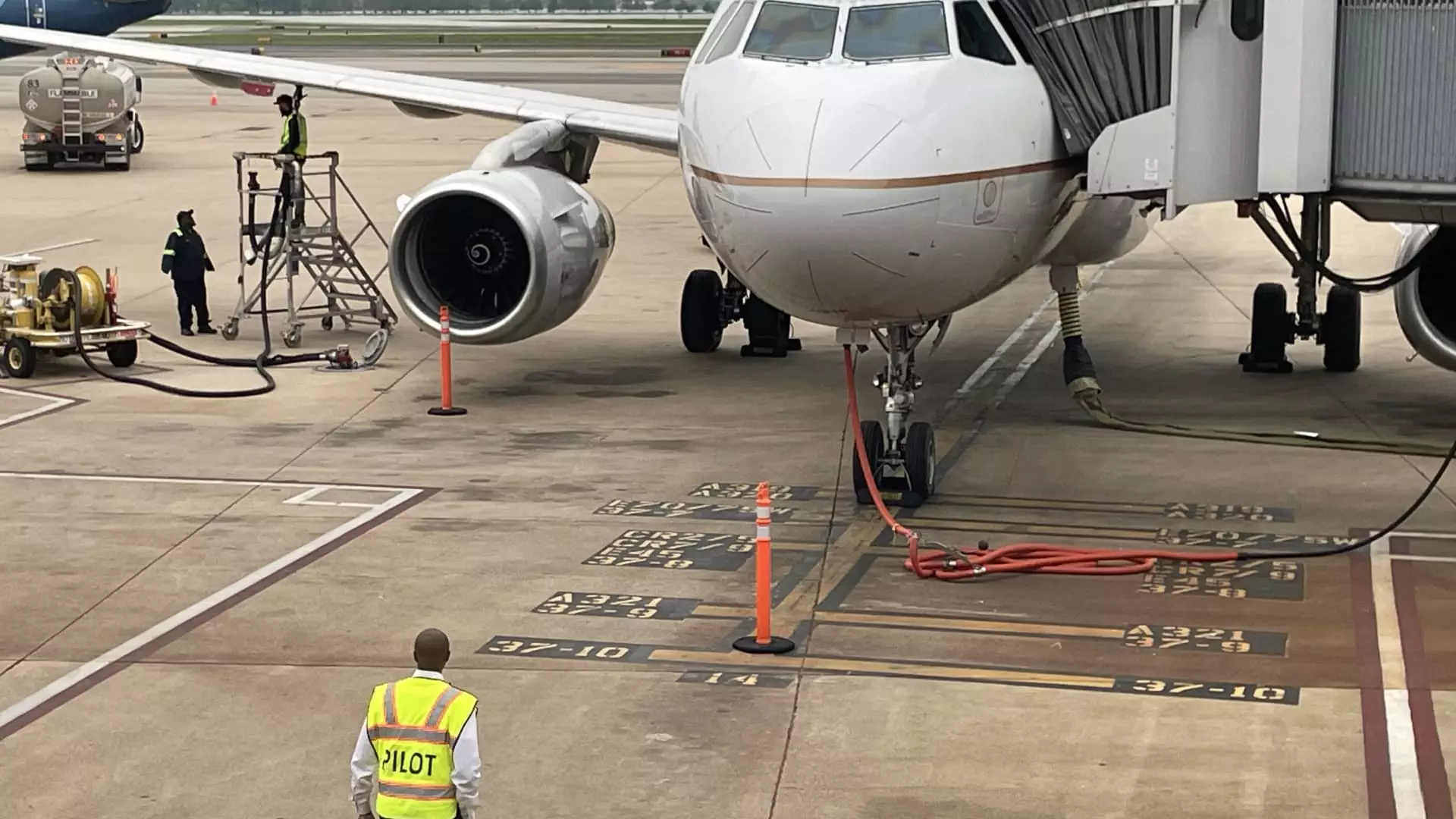The U.S. passenger airline industry has seen a significant increase in jobs over the past year, with nearly 194,000 jobs added since 2021. Companies went on a hiring spree after months of being in a pandemic slump, but now the industry is starting to cool down its hiring practices. While airlines are close to meeting their staffing needs, they are also facing a number of challenges that are contributing to the slow down in hiring.
One of the main challenges for airlines is the surplus of flights in the U.S., which has led to a decrease in fares and has eaten into the profits of airlines. Additionally, demand growth has started to moderate, putting pressure on the industry. Inadequate airplane deliveries from major manufacturers like Boeing and Airbus have caused delays, forcing airlines to reconsider their expansion plans. Moreover, there is a shortage of engines, with some carriers deferring airplane deliveries altogether.
Rise in Labor Costs
Labor costs in the airline industry have also seen a significant increase, particularly after groups like pilots and mechanics negotiated new contracts with substantial raises – the first in years. For example, the average annual pay for a three-year first officer at U.S. airlines went up from $135,896 in 2019 to $170,586 in March. Since 2019, costs at U.S. carriers have risen by double-digit percentages, excluding fuel and net interest expenses, with American Airlines, United Airlines, and Delta Air Lines experiencing increases ranging from 20% to 28%.
Despite the increase in employment in the airline industry, recent trends indicate a slowdown in hiring and even layoffs. According to the U.S. jobs report from August, air transportation employment remained relatively stable compared to July. However, some airlines have taken steps to cut costs and reduce their workforce. For example, Spirit Airlines recently furloughed 186 pilots due to their financial losses. Other carriers, such as Frontier Airlines and Southwest Airlines, have also announced measures to either halt hiring or offer voluntary leaves of absence to employees.
Future of Hiring in the Airline Industry
Looking ahead, airlines are reassessing their hiring strategies in response to the current challenges. United Airlines, for instance, has scaled back its hiring plans for 2025, with a focus on adding 10,000 people this year, down from 15,000 in previous years. The company also plans to hire fewer pilots than in the past due to delays in airplane deliveries from Boeing. Despite these changes, U.S. airlines will continue to face the challenge of hiring and retaining skilled employees, especially pilots.
The U.S. passenger airline industry is navigating a complex landscape marked by increasing labor costs, surplus flights, and supply chain disruptions. While the industry experienced a hiring boom in the wake of the pandemic, current challenges have forced airlines to reassess their staffing needs and adopt cost-cutting measures. As the industry continues to evolve, airlines must remain agile in their hiring practices to meet the demands of a changing market.

